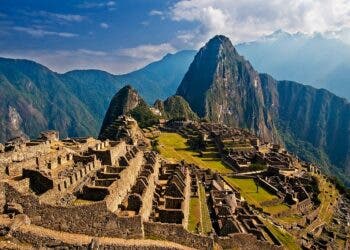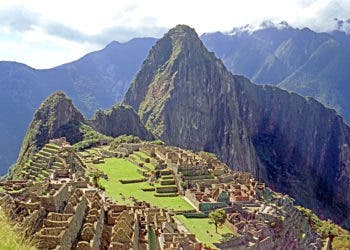Machu Picchu, built high in the Andes by the Inca civilization more than 500 years ago, remains one of the most fascinating and popular attractions for visitors to South America. The site, as well as the surrounding Machu Picchu National Park, also remains an important site for archaeological research, with new discoveries made to this day — as was the case with a new study.
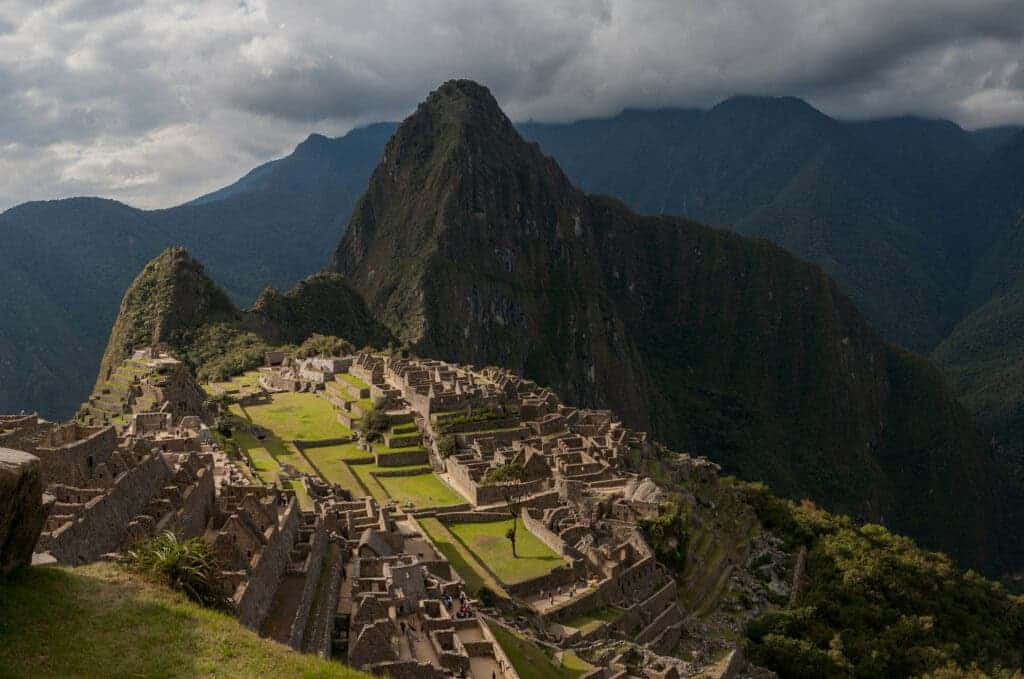
In a new study, a team of archaeologists from the University of Warsaw used drones and laser technology to explore the area around the Inca complex Chachabamba, a ceremonial center focused on water. They found a dozen previously-unknown small structures erected in a circular and rectangular pattern at the edge of the complex.
The researchers suggest that the structures were inhabited by the individuals that operated Chachabamba. Dominika Sieczkowska, lead author of the study, told local media that there are indications that women were the main caretakers of the complex, based on objects discovered during previous archaeological studies.
The ruins of Chachabamba, discovered around 1940, are located on an old Inca road along the southern bank of the Urubamba River. It was an important religious site, with a set of baths that were likely used for rituals. It’s also believed to have had a secondary function as a gatehouse, guarding the entrance to Machu Picchu.
The area is difficult to study, as the ruins lie deep in the jungle. Also, in 2012, mudslides restricted access to the ruins even further. Seeking to further understand the area, and using novel archaeological approaches, researchers began doing archaeological research at the site in 2016. Now, they’ve published their findings.
“This study was conducted to answer several fundamental questions,” the team wrote in their paper. “The amount of water that flowed through the channels which supplied water to the bathhouse system is unknown. a greater or lesser speed and quantity of water flow may have been crucial for the ceremonies performed in the baths.”
An innovative approach
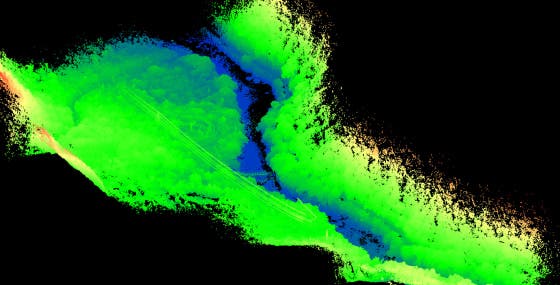
For their study, the researchers used a relatively new tool in archaeology known as light detection and ranging (or LiDAR). Lidar uses a pulsed laser to estimate the variable distances of an object from the Earth’s surface. These pulses, together with data collected by an airborne system, generate 3D information about the target object.
LiDAR has become a valuable tool for archaeologists to study areas that are either dangerous or inaccessible to study. In 2018, Peru ordered a LiDAR survey by helicopter of the ruins of Chachabamba. While the data provided information over the area, it wasn’t sufficiently detailed, leading to researchers using drones for this study instead. All in all, drones and Lidar open up new avenues for archaeological research, especially in cases where objectives are remote and difficult to observe directly.
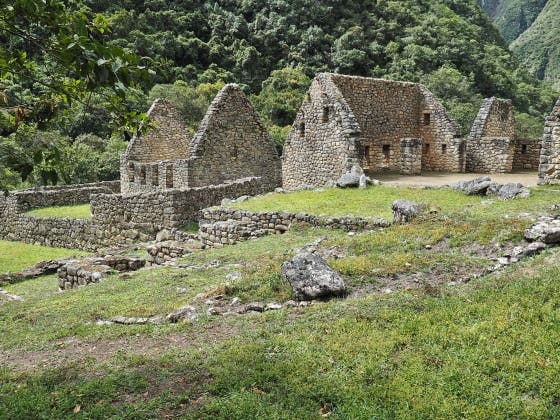
The scans showed 12 structures close to the main ceremonial part of Chachabamba and a set of underground stone canals. These were fed by the Urubamba River and supplied water across the site. The researchers then used computer simulations to re-create how water may have flowed to the ritual baths, based on the canal’s death.
“We can conclude that the water in the hydraulic system at Chachabamba served a more symbolic than utilitarian purpose (for example, the filling of vessels for domestic use). Our calculations indicate that the water may have flowed unevenly throughout the system and overflowed in certain parts of the channels,” the researchers wrote.
No doubt, many other structures await detection in South America’s deep jungle — we’re merely scratching the surface.
The study was published in the Journal of Archaeological Science.
